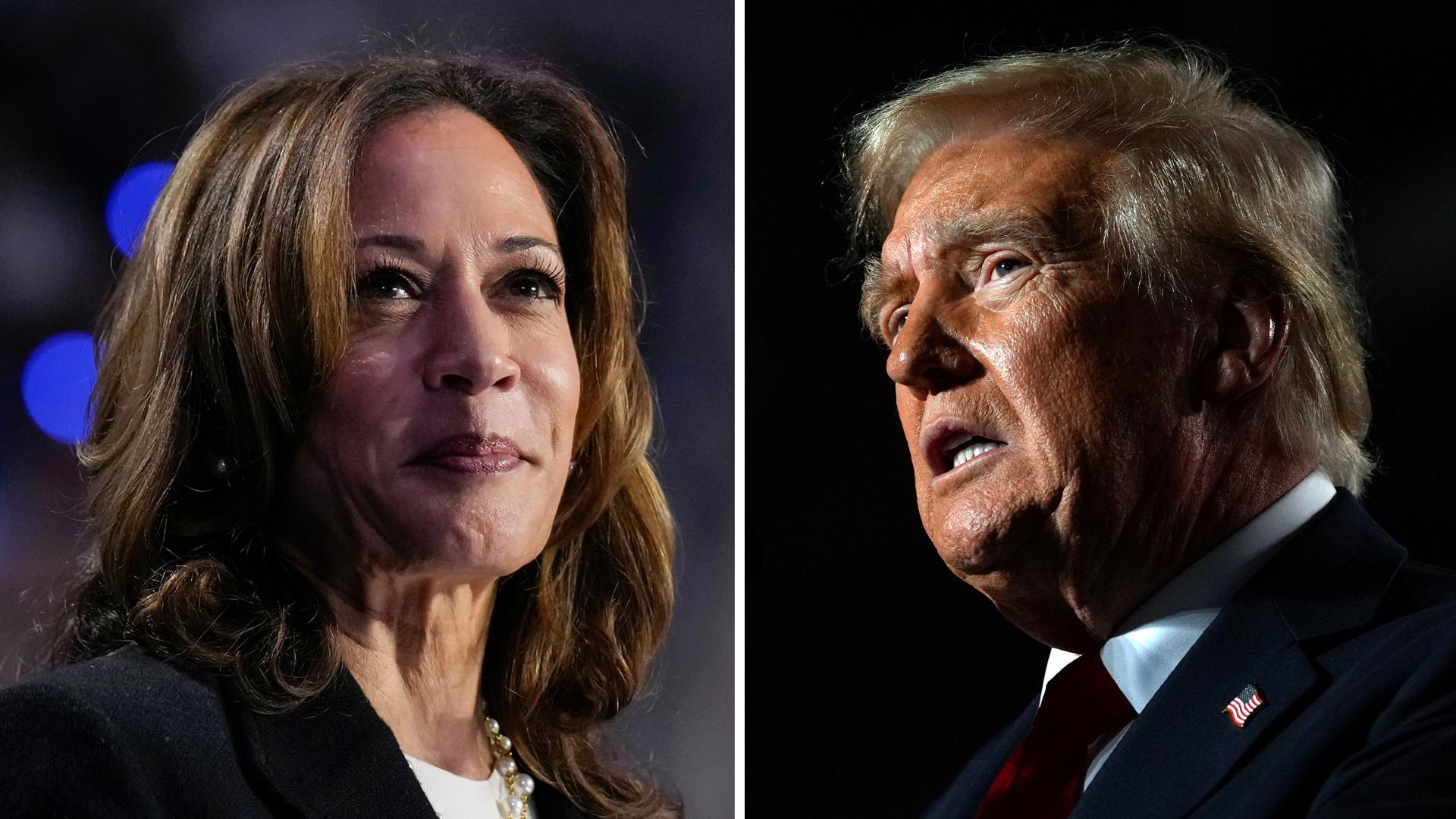COLUMBUS, Ohio — The results of the 2016 presidential election came as a surprise to many people. National polls had Hillary Clinton leading former President Donald Trump heading into Election Day.
The Pew Research Center says polls before the 2020 election also overstated President Joe Biden's lead nationally and strength among voters in some states. These two elections led to a distrust of polls by many people.
We will know soon if the 2024 polling is more on point. Polls show a very tight race between Trump and Vice President Kamala Harris in the key swing states. Voters tell 10TV they are paying attention to the polls.
"I do trust polls, and I do use it for looking at trends, looking at models," said Ohio State student Dan Flores, of Cincinnati.
"I also look at it to see what the people around me might be thinking," said Ohio State student Rosa Karl-Chacon.
"I watch them. I don't know how much I trust them," Christy Rosen, of New Albany, said. "I feel like they're so up and down and everybody's doing their own."
"I mean I trust that they're doing their best to be accurate," Jordan Finegold.
Pollsters and polling experts say polling is not an exact science. It takes the temperature of the country on big issues and big races at a particular point in time; a tool to understand the trends.
Quinnipiac University in Connecticut has been doing public polling since 1988.
"I can tell you we're really scrupulous about not screwing it up and trying to hit it down the middle," Quinnipiac University polling analyst Tim Malloy said. "Polls get assailed all the time depending on which way they go. I get a lot of mean emails sometimes from one side of the fence and then a week later when things change, the other side it's going to be something else."
Malloy said Quinnipiac strives for accuracy by having a large sample size for national polls of at least 1,200 people. One hundred fifty callers do random digital dialing for four days to get a diverse demographic of survey takers. Plus, the polls build in a margin of error.
"Margin of error gives you a little wiggle room on each side," Malloy said. "It's honest. You know it could be two points this way or two points the other way."
Retired Ohio State University political science Professor Herb Asher wrote the book "Polling and the Public: What Every Citizen Should Know." He said to imagine one candidate winning a race 51% to 49%, but a poll had predicted the opposite by the same margin.
"I'd still argue that that poll that was wrong was still very close, but we're so focused on election polling and is it right or wrong. So there's really a challenge here," Asher said.
Asher said there are some very good, credible polling operations, but warns of polls he calls "political hatchet jobs" done by campaigns and consultants.
Malloy said polls give a snapshot in time and results can change from poll to poll. Two recent Quinnipiac polls on the presidential race in Pennsylvania bear that out. In a poll released on Oct. 9, Trump trailed Harris 46% to 49%. In the Oct. 30 poll, he led 47% to 46%.
"One of the most important things is also we give you the trend," Malloy said. "In other words, two weeks ago here's where Trump and Harris were, here's where they are now. That's part of my job. If we see movement, we report that."
Malloy points to one possible factor that may make polling different this election.
"There were concerns, and I think there's truth in it, that a lot of people last time around did not admit or want to admit that they were going to vote for Trump," Malloy said. "I don't think that's going to happen now. I think you're going to get a more honest answer this time around than you have in the past. I can't prove that, but almost every pollster said you know that was so tricky last time around."
Voter Alex Sigrist, of Grove City, boiled it down to the only count that really matters.
"There is no right answer until the election is finished and everyone's voted," Sigrist said.

